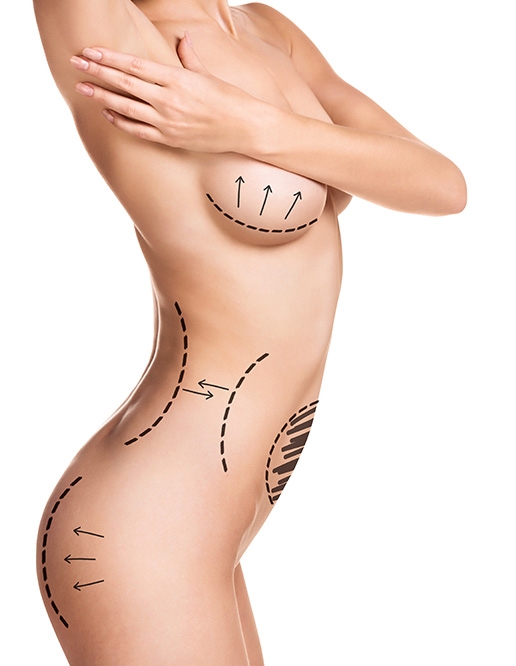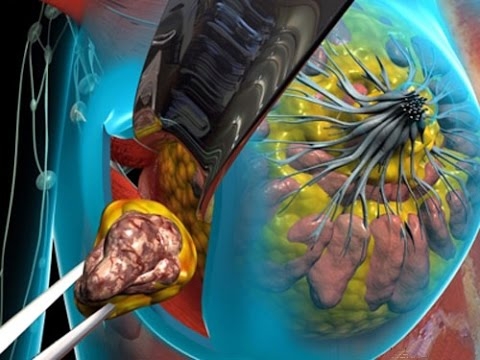New evidence provides confidence in the safety of autologous fat transfer (autologous fat transfer – AFT) for breast reconstruction after breast cancer surgery.
AFT, also known as fat injection – a procedure that uses fat from another part of the body, often the abdomen, flanks, or thighs. The fat is removed by liposuction, processed and then injected into the breast.
The estet-portal.com article confirms that this method should now be offered to patients as a third option alongside standard chest implant approaches and tissue flap reconstruction.
New data on autologous fat grafting for breast reconstruction
The use of AFT in breast cancer patients has been limited by two main factors:
1. AFT impact on breast cancer imaging,
2. increased risk of local recurrence after deliberate placement of regenerative cells in the area of the former location of the tumor.
The new data on AFT comes from a retrospective study published October 10 in JAMA Surgery.Lead author MD, Maastricht University Medical Center, The Netherlands Todor Krastev and colleagues note that AFT has become an invaluable tool for correcting deformities tissues after breast cancer surgery.

This study is the first to include a 5-year follow-up of patients.
Breast lipofilling will help to increase the breast without implants
Each AFT patient was matched for age, cancer type, tumor invasiveness, disease stage, and recurrence-free period with 300 breast cancer patients who were controls.Mean age was 48.1 years for patients treated with AFT and 49.4 years for controls.
Results of fat-assisted breast reconstruction study
The results show that over a 5-year period, there were 8 tumor recurrences (2.8%) in women who underwent AFT breast reconstruction and 11 recurrences (3.7%) out of 300 patients in the control group (t = 0.63 P = 0.33).
No significant difference in recurrence rates was observed between subgroups by type of operation, invasiveness, and disease stage.
The study also showed that AFT was not associated with an increased risk of long-term recurrence (t = 0.94; P = 0.85).
In addition, the mortality of patients undergoing AFT was significantly lower than that of controls (8 vs 33 cases, t=0.20, P<0.001). This was especially true for breast cancer mortality (t = 0.37, P = 0.02)
The anatomy of beauty: why patients choose anatomical implants for breast augmentation
Things to remember about breast reconstruction with AFTThe plastic surgeon should be aware that autologous fat grafting is ideal for filling a defect after a lumpectomy and is not used to reconstruct the entire breast.

The patient may also need repeated fat grafting procedures to compensate for the resorptive effect.
New opportunities for breast reconstruction open
The results of this collated Cahors study show no significant difference in relapse rates between patients undergoing AFT and controls after 5 years of cancer follow-up.
Consistent with data from other published matched cohorts, there is still no clinical evidence that AFT results in an increased recurrence rate in patients with breast cancer. AFT is a minimally invasive, cost-effective method with a low risk of complications and recurrence.
You may be interested in the article on our website estet-portal.com in the "Experts" section:
The choice of implants for augmentation mammoplasty: what is important for plastic surgeons to remember
Based on JAMA Surgery







Add a comment